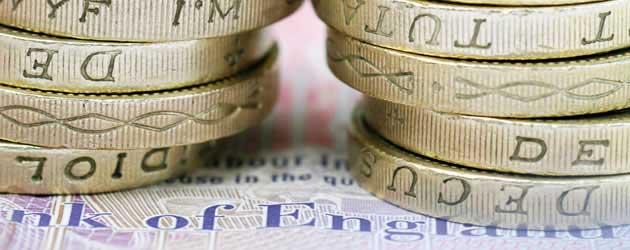
The Pound to US Dollar exchange rate soared to a fresh 8-month high yesterday evening as the Federal Reserve shocked markets by electing to leave the pace of monthly asset purchases unchanged at $85 billion.
Despite mentioning back in June that the Fed plans to cool down its QE3 programme in the second half of 2013, Fed Chairman Ben Bernanke announced yesterday that the US Central Bank was not confident enough in the domestic economy to bring about a reduction of asset purchases just yet:
“The Committee decided to await more evidence that progress will be sustained before adjusting the pace of its purchases”.
The Federal Reserve also noted that it had been deterred by recent economic conditions, such as rising market interest rates in anticipation of tighter monetary policy. Essentially, this suggests that one of the main reasons that the FOMC decided against the taper was the reaction to taper speculation in financial markets. This raised the rather pertinent postulation that: The Fed could potentially get caught in a perpetual state of hinting at QE reductions and then cancelling said reduction when market conditions deteriorate in reaction to the hinting.
The fear among holders of the US Dollar that QE3 may continue at the current pace for an extended period of time was exacerbated by the Fed’s decision to downgrade its 2013 growth forecasts from 2.5% to 2.2% and revise lower its 2014 GDP predictions from 3.3% to 3.0%.
The safe haven US Dollar tumbled rapidly across the board in reaction to the FOMC statement and the Dow Jones Industrial Average struck an all-time high of 15681.82 as risk sentiment soared. GBP/USD grew by around 2.3 cents from 1.5900 to 1.6135, smashing key technical resistance levels on the way.
The ‘Greenback’ also lost out on -1.6 cents to the Euro, -1.5 cents to the Australian Dollar, -0.9 cents against the Canadian Dollar and -1.7 cents against the New Zealand Dollar.
The ‘Kiwi’ Dollar also managed to post a daily gain of 1.0 cents against the Pound as second quarter annualised New Zealand GDP came in slightly better-than-expected at 2.5%. The quarterly growth score came in at 0.2%, as predicted, but the reading for the previous quarter was revised higher to 0.4%, which led to the uptick in annual performance.
Sterling performed strongly against the majority of its currency peers yesterday, including posting fresh 8-month highs against both the US Dollar and the Euro, and a 45-month high against the Canadian Dollar in reaction to an optimistic Bank of England Minutes Report, which saw all 9 policymakers agree that no further quantitative easing measures are necessary at this moment in time.

Comments are closed.